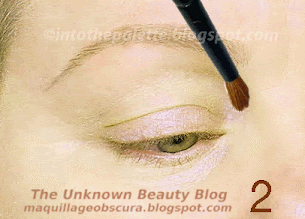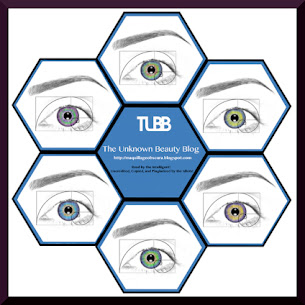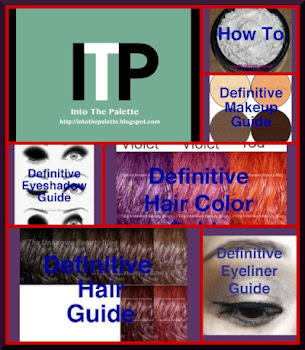Creating foundation colors is harder than creating just the normal color for painting because you are dealing with matching a color to a living organism with many variations. However, there is a set calculation and that is color theory.
You may run into brands that just have foundation colors categorized simply in this manner. Colors are just sold in the simple categories of pale, light, medium, tan, and dark with a simple explanation of their undertones.
But we all know this won’t work for everyone!
Within each skin level is gradations which divide the skin level into subdivisions. And, within each subdivision of color is also the larger scale of chromatic colors.
Basic Color Theory for Foundation
As I mentioned in my color theory posts, there are only 3 primary colors and of those three colors, there is only 1 cool toned color.
- Blue - Darkest primary and only cool toned color.
- Red - Dark end of the warm tone but Medium of the three primary colors.
- Yellow - Light end of the warm tone and lightest of the three primary colors.
Anything with Blue in it is considered to be cool toned but not everything is considered dark in tone. If mixed with Yellow, it is the light end of the spectrum as opposed to Red which is on the dark end. However, if a warm color overpowers the blue, then it is on the warmer end of the cool spectrum. When only two warm colors are present, of course, it is a warm color.
Pro Brands like Joe Blasco and RCMA will often refer to anything containing red as warm while anything containing yellow is olive. Beige is considered to be a pink. Thus, a warm beige is a warm pink!
The Un-Basic Color Theory of Foundation
Okay, now for the difficult part of skin color theory. Every skin color has a certain amount of primary pigments. The ratio will depend on the level of this skin tone. Every skin tone also has a corresponding dominant color to allow it to be that depth of color. To explain this theory will not only make you dizzy, it will make my brain burst.
Here are the different variations of foundation colors. Stare at it too long and you will see a bunny hopping in the sky! (Just kidding!) If you over think color theory, then it will confuse you more, yet not to think enough and the entire balance of color gets thrown off.
Let me just say this, you can't just create a brown and add some green base and add black to darken it to some dark olive brown. There is a calculation to balance the color as it goes lighter, darker, or even to a different undertone. Here is a chart of some of the skin tones and some of the possible foundation colors with the varying undertones.
Notice, the undertone of the foundation is different from the chromatic color added. This is due to the dominant or corresponding color for that skin tone level.
Take a close look at the Fairest level. The foundation colors would go from warm (red) to cool (blue). There are no olive (yellow) tones present. These colors are for Caucasian skin tones. They lie on the very dark end of the Pale section or the lightest end of the Light section (see big chart). These colors for pro brands like Joe Blasco and RCMA, these are often labeled as Beige.
But some of you are very fair and have yellow in your skin. In foundation color theory by default the yellow (olive) starts to appear for the Fair level which is really the pale end of the Light skin. Notice the color is also with the blue, the only cool tone primary, making this a very cool-toned derived olive color. Are you confused? Anyway, to lighten this color is pretty simple since it sits close to white, just using white will lighten it making it a lighter olive color for Caucasian skin.
However, to darken a color is way harder. You don't want the colors to turn ash or gray on the skin.
Let's say we want to take the color from the Light skin tone, a medium rich yellow beige, and we want to darken it in increments until it reaches the Dark skin tone level. Also, let's keep the yellow undertone at each level. But, we have a problem, the brown at the Dark level has green. It needs to be yellow. How do we get there?
What you need to think about is what color to add to allow it to stay at a steady yellow all the while allowing it to darken and without turning ashy. To do this, the following colors are added to each level respectively: violet, blue, nothing, yellow, and yellow-orange.
The result is a row of olive (yellow) toned beige to browns ranging from yellow to ochre. Kind of reminds me of RCMA Shinto series.
The End - I Hope!
I know this was very hard to understand because it was very very hard for me to explain. Please, understand this is the condensed version. The full version will give you either nightmares or many sleepless nights from the adrenaline running through the brain.
Foundation in my opinion is one of the hardest to create in terms of color. This may be the reason why many brands start out with color products and work their way back to foundation.
If I ever had a cosmetic line, it would start with foundation and work its way back to color products!
Hope you enjoyed this post and understand how my brain functions!
Olivia




















